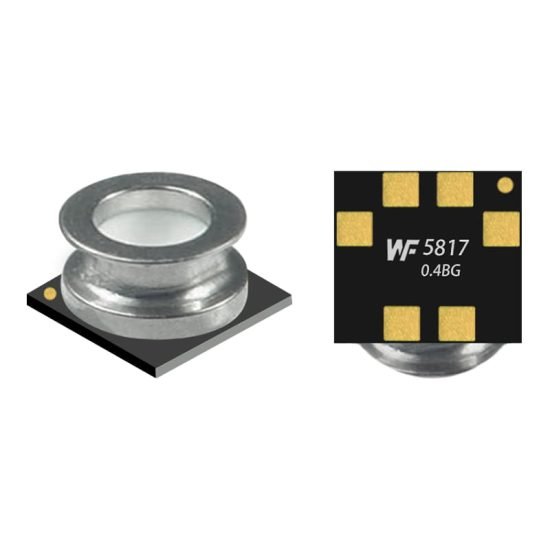Pressure is the clearest indicator of catheter patency, fill completion and drain status during APD. Sensors don’t touch body fluids directly — they reflect fluid pressure via air-pressure balance. High accuracy, low drift, fast response and reliable fail-safe behaviour are essential to ensure treatment works well and avoids complications. Medical MEMS sensors such as the WF5817D, with a 40 kPa range, 0.25% accuracy and compact onboard package, show how to meet these strict needs.
목록
1: Sensor roles and measurement principle in APD
Indirect air-pressure measurement and cyclical stage control
In an APD system the sensor watches the pressure of the air column connected to the dialysis line to infer abdominal pressure. During the fill phase it needs to track the pressure rise in real time to spot the end point and trigger over-pressure protection; during dwell it checks for stable pressure to confirm seals; during drain it watches for the initial negative pressure peak and the return to steady negative pressure to detect blockages or incomplete drainage. Sensor outputs must have the resolution and bandwidth to show these short, critical pressure changes so the controller can act quickly and safely.

2: How accuracy and resolution affect treatment control
Millimetre-water-column level detection determines control precision
Pressure changes in peritoneal dialysis often span tens to hundreds of millimetres H₂O; if a sensor lacks accuracy and resolution, small but clinically important shifts get lost, risking wrong fill cut-offs or missed drain blockages. A MEMS gauge with 0.25% accuracy and high resolution can pick up millimetre-scale signals, enabling more precise ultrafiltration estimates and automated control, improving dose delivery accuracy and lowering complication risk.
3: Long-term stability, drift and reliability requirements
Low drift and long-term stability are fundamental for home and clinical use
Home APD units run for years; sensor zero-offset drift or sensitivity loss can add up to major errors, affecting therapy and alarm accuracy. Medical designs must hold stable output across temperature, vibration and humidity changes, and provide traceable calibration and lifecycle performance. Robust MEMS packaging and material choices reduce drift, keeping measurements consistent over many years and cutting maintenance and false alarms.
4: Safety architecture: failure modes and system-level protection
Fail-safe sensor and system collaboration design
Although sensors don’t touch fluid, their failure can cause closed-loop control errors. Machines need layered protections: sensor self-checks, redundant thresholds, physical air-path isolation and alarm logic. Sensors should be fail-safe — for instance, they should force the system to a safe state if a diaphragm ruptures or a line is lost — and work with flow and valve logic so the patient won’t experience over-pressure or prolonged negative pressure during any fault.
5: Integration tips and engineering focus areas
Compact packaging, interference resistance and low power support system deployment
Home and portable APD devices demand small size, low power and strong interference immunity. Board-mounted gauge MEMS save space and simplify air routing; good vibration and temperature stability keep signals clean despite pump and valve activity; low power suits battery operation and long run times. Integration should focus on air-path integrity, sampling rates and filtering so the controller gets a reliable signal for safe decisions.
결론
Pressure sensors are key safety and control parts in APD devices. High accuracy and resolution enable fine control of fill and drain; long-term stability and low drift reduce false alarms and maintenance; fail-safe design and system protections prevent high-risk events; compact, interference-resistant, low-power MEMS designs make home units practical. WF5817D-type devices, with a 40 kPa range, 0.25% accuracy and onboard package, are a good example of meeting these engineering needs.
위의 소개는 압력 센서 기술 적용의 표면적인 부분에 불과합니다. 우리는 다양한 제품에 사용되는 다양한 유형의 센서 요소, 작동 방식, 장점과 단점을 계속해서 탐구할 것입니다. 여기에서 논의된 내용에 대해 더 자세히 알아보려면 이 가이드 뒷부분의 관련 콘텐츠를 확인하세요. 시간이 촉박한 경우 여기를 클릭하여 이 가이드의 세부정보를 다운로드할 수도 있습니다. 공기 압력 센서 제품 PDF 데이터.
다른 센서 기술에 대한 자세한 내용은 다음을 참조하십시오. 센서 페이지를 방문하십시오.
